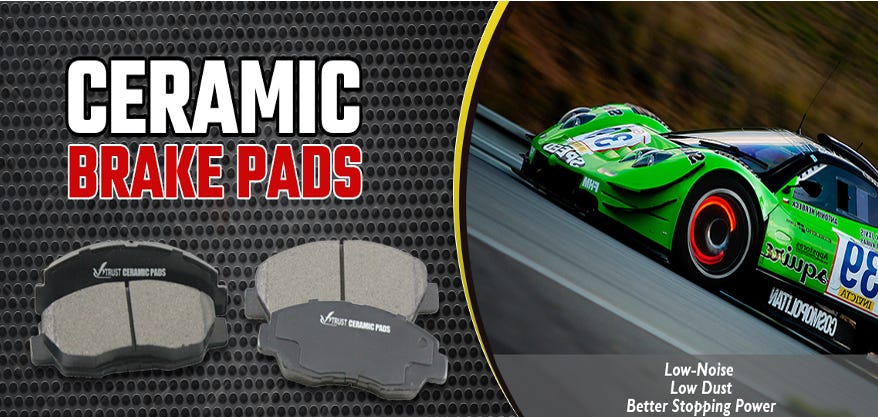The ingredients in ceramic compounds produce a light colored dust that is much less noticeable and less likely to stick to the wheels.
Do ceramic brake pads leave dust.
Wear tear residue.
Metallic brake pads are cheaper and more affordable than ceramic brake pads.
Carbon ceramic brakes on the other hand are virtually immune to corrosion.
While dust from the brake pad is normal excessive amounts can signal a potential problem.
If you want durable brake pads choose ceramic pads.
Compared to organic brake pads ceramic brake pads can be more reliable in a wider range of temperatures and driving conditions.
You should choose brake pads that produce the least amount of dust.
Usually ceramic pads will leave the lowest amount of brake dust though with any pad you will always have at least some brake dust.
If you are driving a big vehicle like an suv or truck metallic brake pads are the best brake pads to have.
All brake pads produce dust as they wear.
If large amounts of brake dust are appearing around the brakes and wheels the buildup can result in poor brake function vibration and shorter life of the brake pad.
A newer form of friction material called ceramic composite will create a light colored dust that s much less noticeable and is less likely to stick to your wheels.
Consequently wheels and tires maintain a cleaner appearance longer another characteristic that makes ceramic materials attractive is the absence of noticeable dust.
If you despise having to clean the brake dust off of your wheels every week consider ceramic brake pads for their low brake dust buildup.
Organic brake pads have a high percentage of carbon and graphite.
This is because the material they re made from is much less reactive than steel and iron due to the material s tightly bonded structure.
They even do a better job of slowing down the vehicle because they are more aggressive against the brake discs.
Temperature driving conditions.
The problem comes from metal in the front brake pads and that of course is very corrosive.
All brake pads will produce dust as they wear however there are some pad materials that create a less noticeable mark on the wheel.
The least durable pads are organic pads followed by semi metallic pads.
Compared to organic brake pads ceramic brake pads tend to produce less dust and other particles over time as they wear down.
Generally pads that have the most stopping power are louder and leave more dust whereas pads that leave very little dust and are quieter do not have as much stopping power.
Dust is what remains when the brake pads come into contact with the rotors.
When brakes are applied to stop vehicles metal debris breaks off the pads of the brakes.

